Madhya Pradesh, the heartland of India is embellished with rich heritage and culture. It enjoys immense popularity due to its grand forts, temples, monuments, and especially the handloom industry. However, one thing that highlights the beauty of this handloom industry is Maheswari silk sarees.
This 9-yard saree was originally weaved in the finest quality silk. Its intricate design, pattern, and high-quality material combined with zari and brocade work have been ruling the heart of fashionistas since ancient times. It comes with different patterns like stripes, checks, and floral.
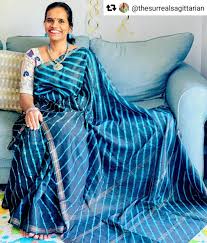
Image credit:- Instagram
But what makes it different from other sarees and why? Well, let's explore it today!! Get ready to dive into the captivating world of Maheswari silk saree origin, types, patterns, and Maheshwari saree process.
Maheshwari Silk Origin & History
The first mention of the eye-catching sarees is found in Kautilya’s Arthashastra. But the proven story of Maheswari silk origin goes back to the 18th century in the town of Maheshwar which was famous for its hand weaving industry. The beautiful Maheswari silk saree derives its name from this regal town.
The person behind this jewel in the crown is Queen Ahilyabai Holkar, a strong Maratha ruler. As per the theory, the queen ordered artisans of Malwa and Surat to craft a saree with 9 yards for their guests. Also, the first-ever design of this saree was done by her. These sarees were produced to give to royal guests and relatives. And since then these sarees have become immensely popular among the royal circle.
Process of Making Maheshwari Silk
No beautiful thing is curated in just a day!
Similarly, the Maheshwari silk process takes effort and time to make such a mesmerizing piece. To have such an incredible outfit, the making comprises several steps:
- To begin with, the patterns of the Maheshwari saree are based on the engravings done on the ancient walls of forts. Further, such designs are classified based on border patterns into phool kinar, zari, kahar kinar, and so on.
- The process further involves dipping threads into a special solution to bleach. Then the dyes are mixed in warm water with the solution of Naphthol, to give the saree stable hues.
- To let the color stay on the threads for a longer duration, the threads are washed and hung on the bamboo poles to dry them under sunlight.
-
In the next step, the threads are untangled, taken for further processing on the octagonal cylindrical frame, and woven into a fabric.
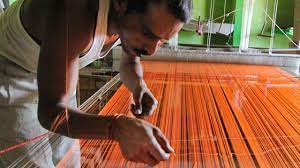
Image credit:- Outlook India
Once the process is completed, the fabric is further taken for cutting, wherein it is separated into approximately 11 feet of length. A perfect measurement for a Maheswari silk saree! Maheshwari silk dupattas have gained immense popularity among women along with sarees. Maheshwari weaving dupattas are known for their light weight and luxury feel.
Varieties Of Maheshwari Silk Sarees
Since the origin of Maheshwari sarees, females tend to drape the fabric in an accentuated way to express the heritage and culture of our nation.
Well, to be precise, each variety of Maheswari Silk saree has different patterns and combinations that are easy to notice. To mention, there are five different varieties of it, namely-
- Chandakala: This type of Maheshwari saree has a plain pattern yet a royal border that will accentuate every festival and celebration.
- Baigani: Baigani Maheshwari saree is popular for its palla style and intricate border, ideal for meetups or any other event.
- Beli: The Beli saree is either plain with an embellished border or a checkered/ stripe pattern center with a gold zari border.
- Parbi: With floral pattern and intricate stripes designs, the Parbi silk saree is best for special occasions and festivities.
- Chandratara: Similar to Beli and Parbi saree, Chandratara Maheshwari saree has checked or striped designs with embellishments on the border.
You can check out Durga Puja Special Maheshwari Silk Sarees on iTokri.
Conclusion
The history of Maheswari silk sarees is a significant part of our handloom heritage. No matter what you are looking for – quirky patterns or elegant looks – the Maheshwari weaving will give you all! Its popularity on the global level shows the skills and talent our craftsmen possess. At iTokri, we bring you authentic Maheshwari silk sarees directly from the weavers, browse through our Indian handloom online store for all your authentic saree needs.
FAQ
What is special about the Maheshwari saree?
The harmonious blend of pure silk with zari and brocade patterns gives it a charming touch. Also, it embraces striped and checkered patterns in the weaving process only. The zari thread used in weaving saree borders sourced from Surat gave it a gorgeous appearance.
Is Maheshwari silk pure silk?
Originally, Maheswari silk was made out of pure silk. But with time it got weaved out of a combination of Mysore silk and cotton. But it still carries the unmatchable charm and beauty with it.
How to identify Maheshwari saree?
To begin with, you should check for any irregularities in weaving. Further, the texture of Maheshwari silk sarees is soft but not slippery. Also, flip the border of the saree and you will find the same pattern on the other side as the original Maheshwari saree has a reversible pallu.










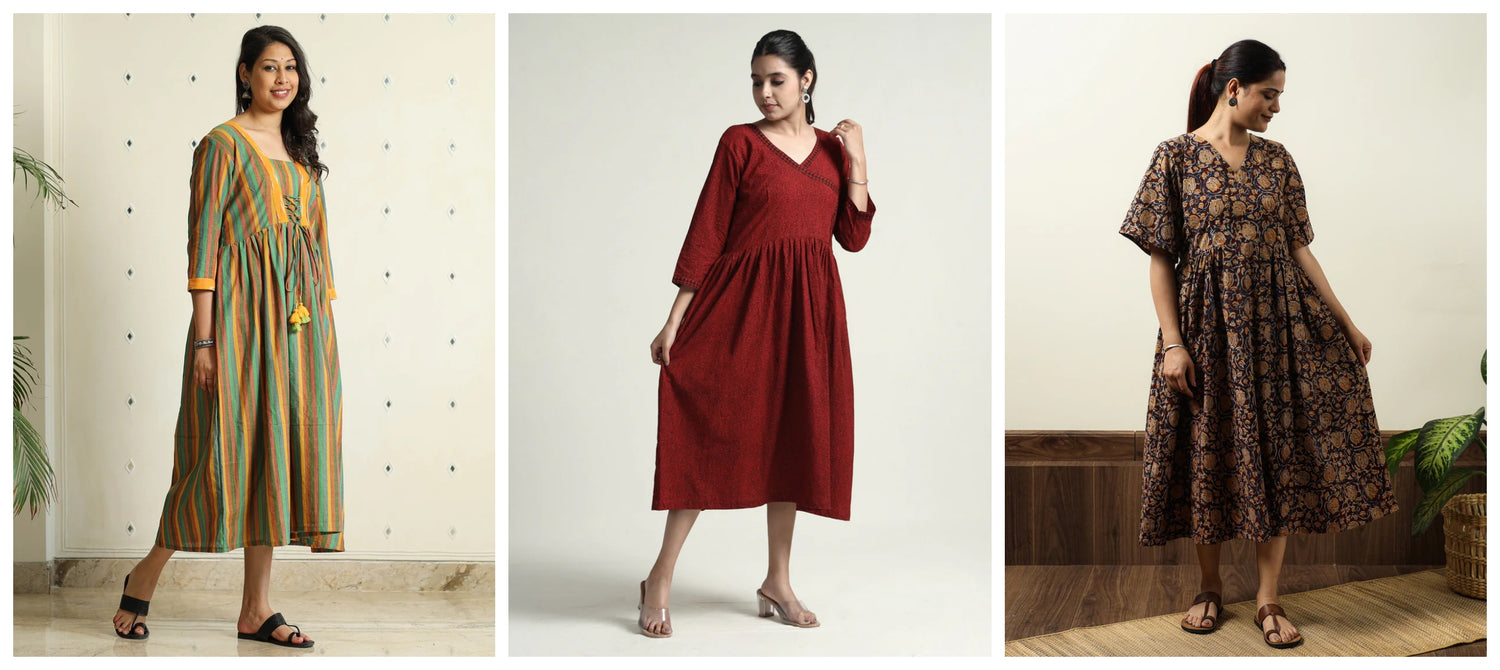
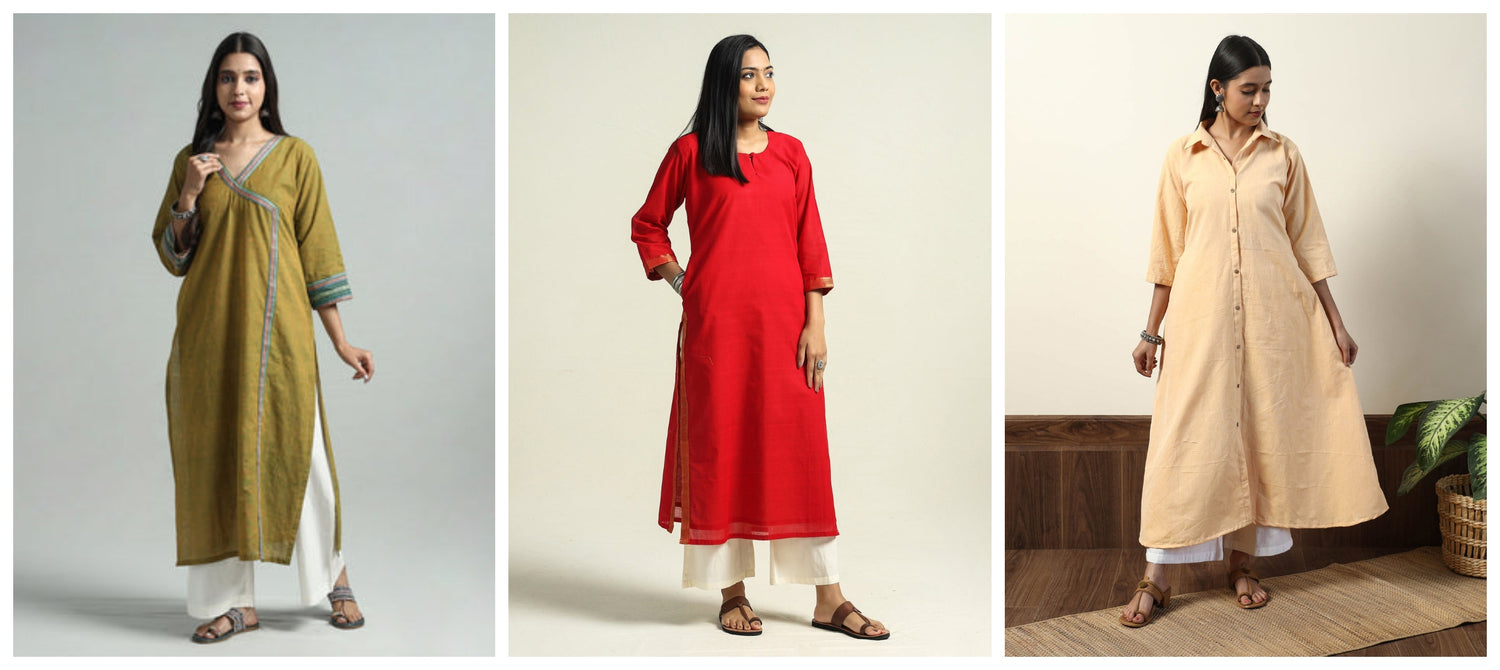
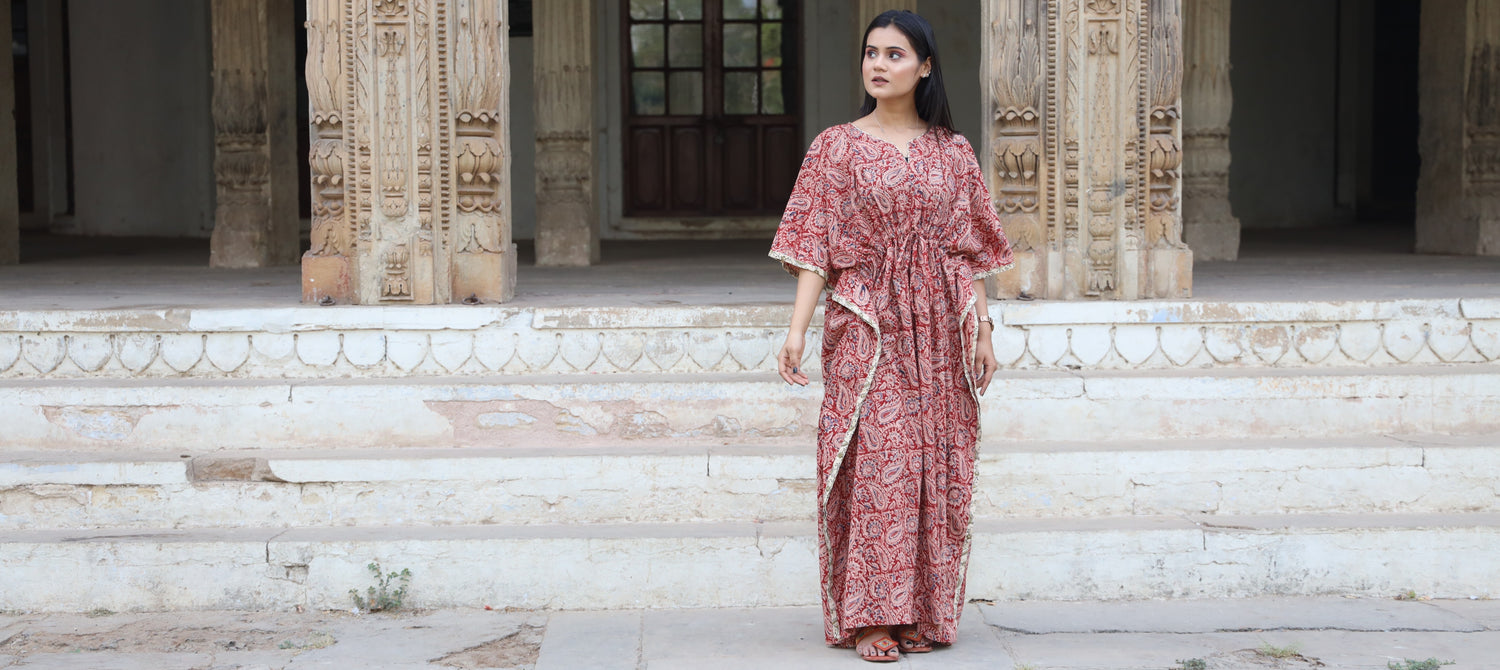


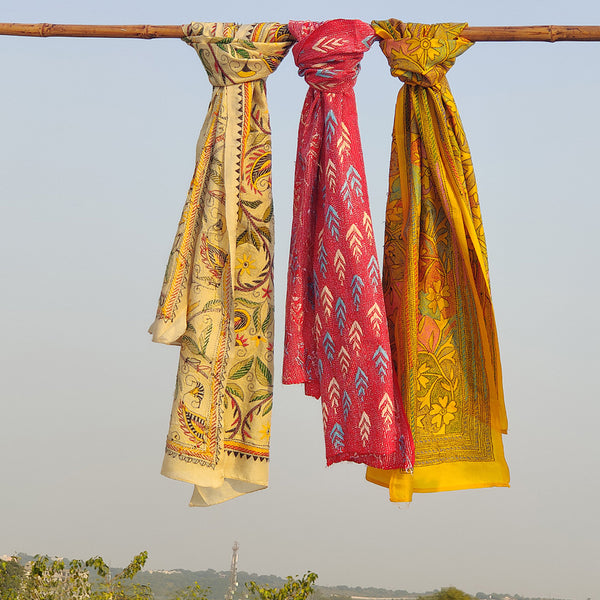



Leave a comment (all fields required)